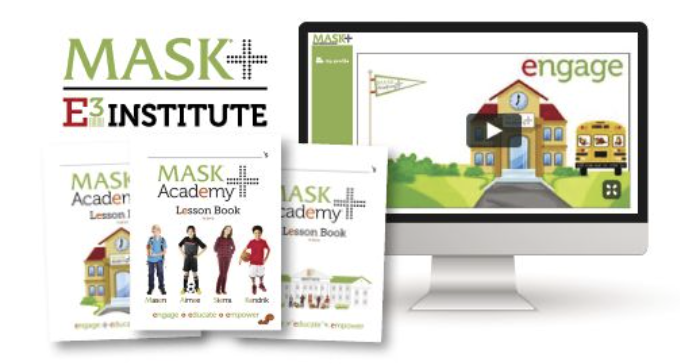
Understanding MDMA
August 12, 2024
Both Mental and Physical Fitness are Crucial
August 16, 2024How to Set Boundaries with Your Child
A world where there were no rules and limitations would be a scary place to live. Just think about all the chaos that would result from the lack of structure. Rules, limits, and boundaries tell others about what is acceptable and how you want to be treated. Necessary to any successful relationship, boundaries play an important role between the child and caregiver.
Children tend to focus on getting their own needs met through whatever means possible. In early development, they tend to imitate certain behaviors that they observe and then learn through those consequences. Since children have a natural curiosity to explore the world, they may try to see what they can get away with. Do you remember a time when your child threw their toys across the room during a tantrum or did exactly what you told them not to do? This is because they’re testing their limits by seeing how you react so it’s important to stick by the rules. Consequences should be appropriate to their behavior and given as soon as the boundary has been crossed. Furthermore, make sure your child’s aware of the consequences ahead of time so that you can set them up for success.
Children can benefit from getting a clear guideline of what is expected of them. By being simple and direct, you leave less room for confusion; for example, “make sure to put your dishes in the sink after eating,” may be more effective than, “it would be a good idea to put your dishes in the sink after eating.” Next, you should stay consistent when setting boundaries so that it creates structure and they understand its importance. Try to use a firm voice, remain at eye level, make eye contact, and keep a neutral expression while speaking to them – this may help them feel less threatened. Recognize their efforts and remind them that you love them even if they make a mistake; however, make sure to still follow through with any consequences. The rules you’ve set should be age-appropriate so that they don’t get easily discouraged. Additionally, providing alternatives gives them the option to make healthier choices so you can say something like, “I know you want to draw on the wall, but walls are not for drawing. You can choose to draw on the white paper or the construction paper.” Lastly, teach them how to process their emotions and communicate their feelings.
The goal is to instill an understanding of boundaries in relationships in positive ways so that they can make better choices for themselves and others in relationships. Boundaries make this possible by helping build healthier relationships that are based on mutual respect. Through this, your child can learn about self-control, discipline, and ways to effectively nurture future relationships.
Navjot Pannu, Midwestern University Clerkship Student
To learn more tips and parenting subscribe to MASK The Magazine, parenting solutions for today’s families
Subscribe to MASK The Magazine
Or
Did you know that you can add past issues of MASK The Magazine and start your MASK Library –
Enroll your child or school in the MASK E3 Institute to equip them with the knowledge to make safe healthy and informed decisions.




